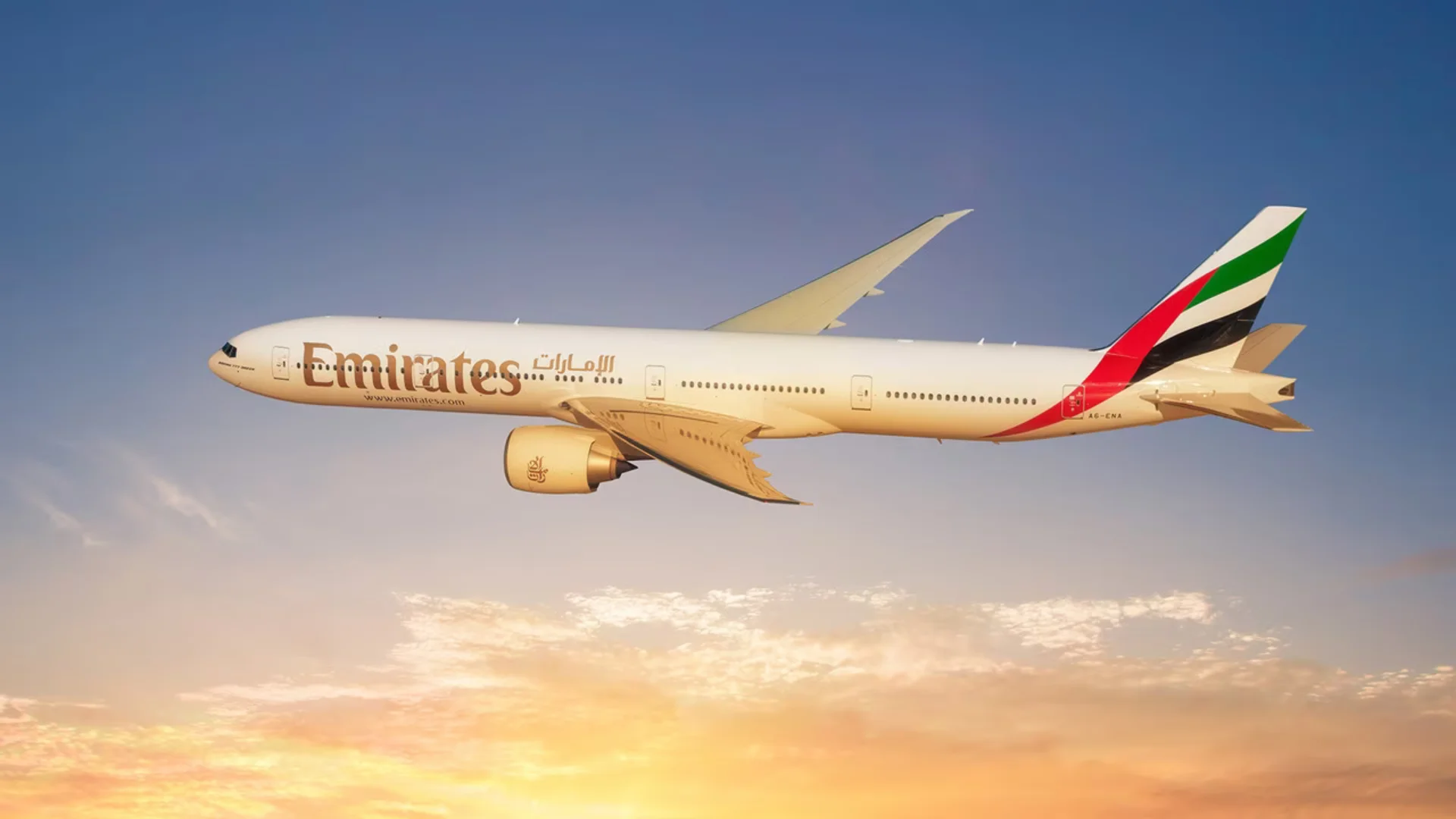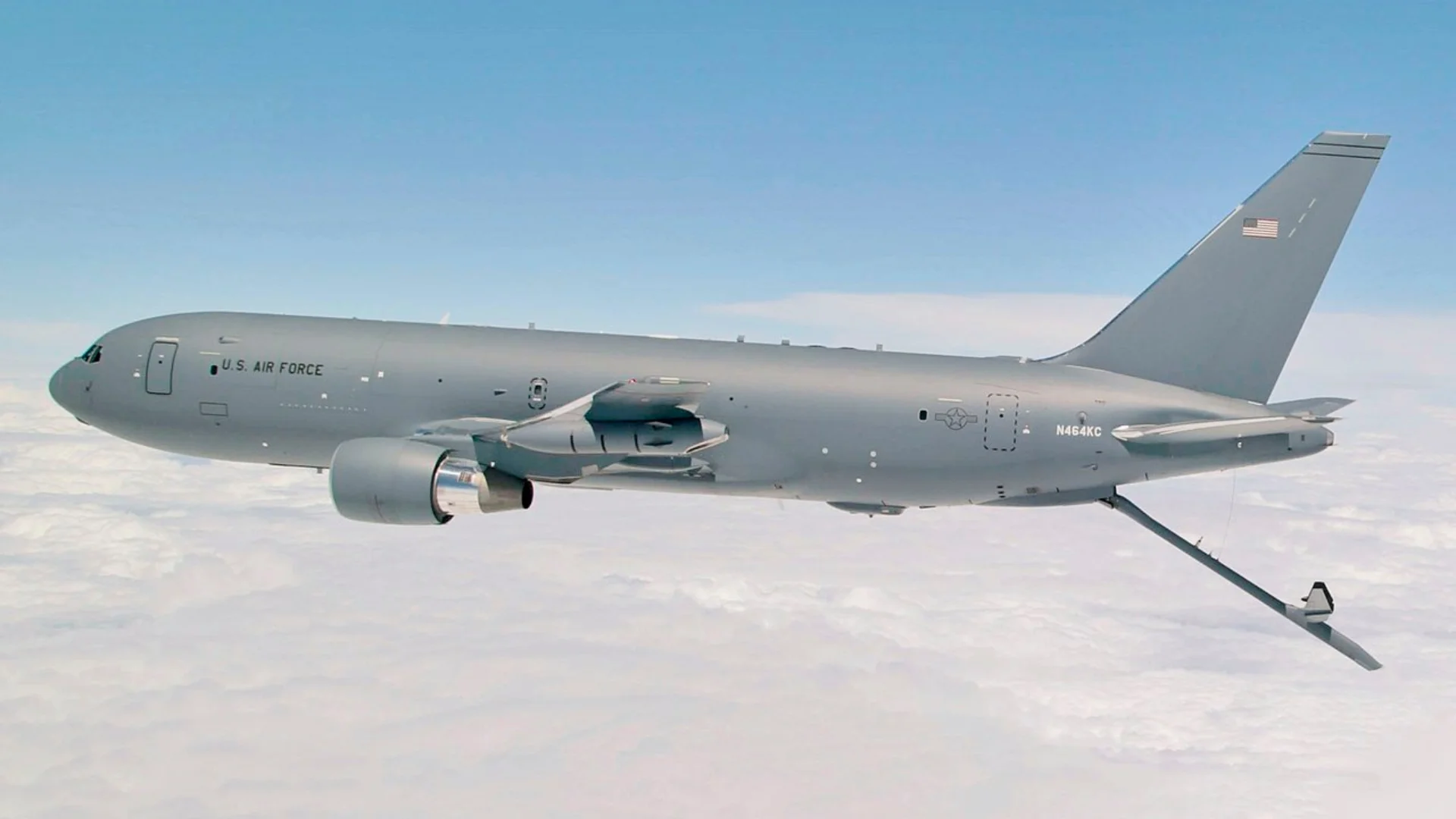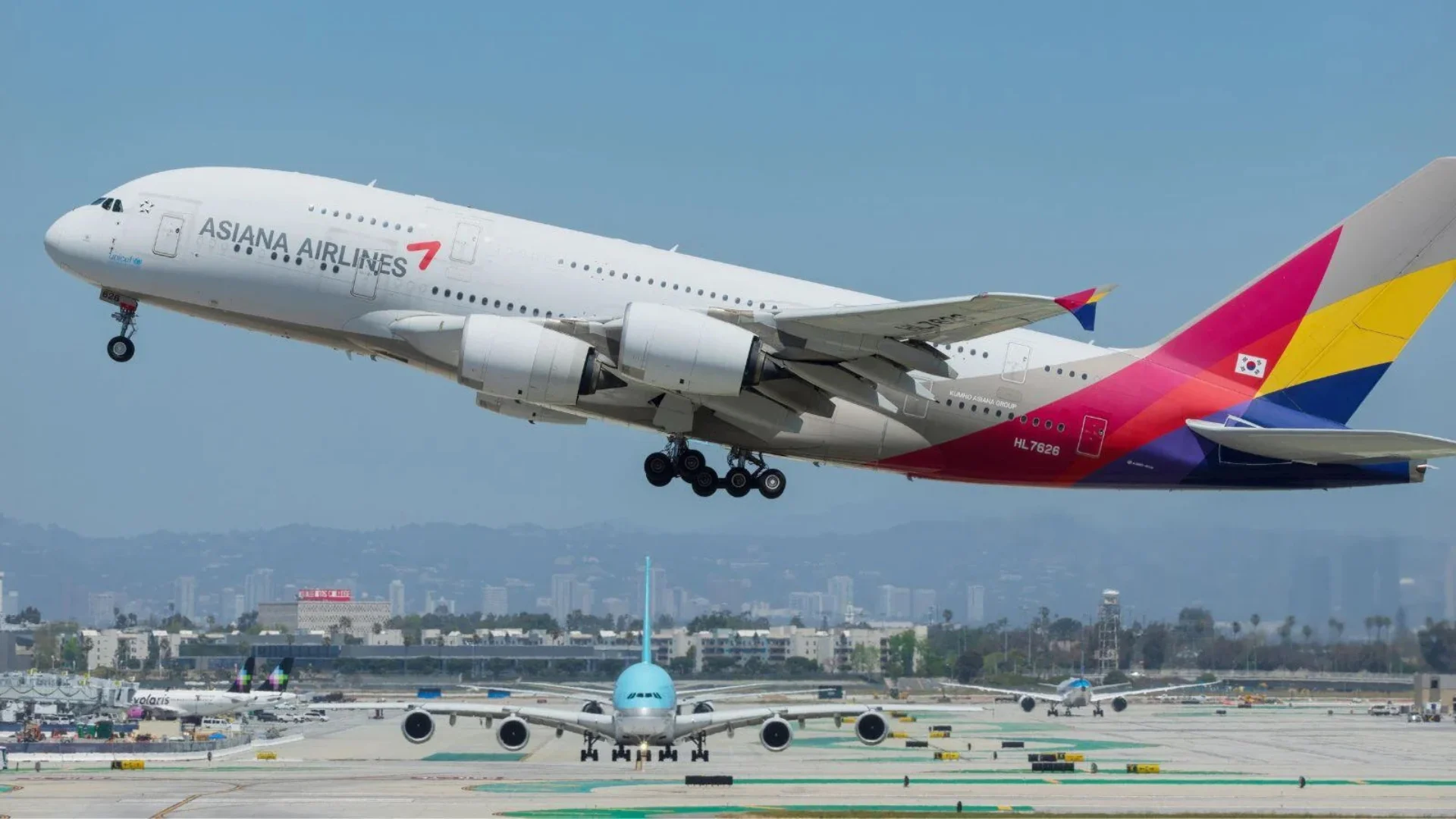Air travel is recognized as one of the safest transportation methods, largely due to the careful testing and engineering of aircraft components, including airline seatbelts. While often overlooked by passengers, seatbelts are essential for safety during turbulence and emergencies.
Airline seatbelts serve as a crucial safety measure, restraining passengers during high-risk situations like turbulence, crash landings, or sudden maneuvers. According to CNN, turbulence is the primary cause of non-fatal injuries among airline passengers. Seatbelts help prevent passengers from being thrown from their seats in such events.
The design and testing of airline seatbelts involve precision engineering to balance safety with comfort and functionality. Key components include high-strength webbing material, quick-release buckle mechanisms, and adjustable straps. The webbing is typically made from durable polyester or nylon to withstand wear and tear without stretching.
 Alerts Sign-up
Alerts Sign-up











